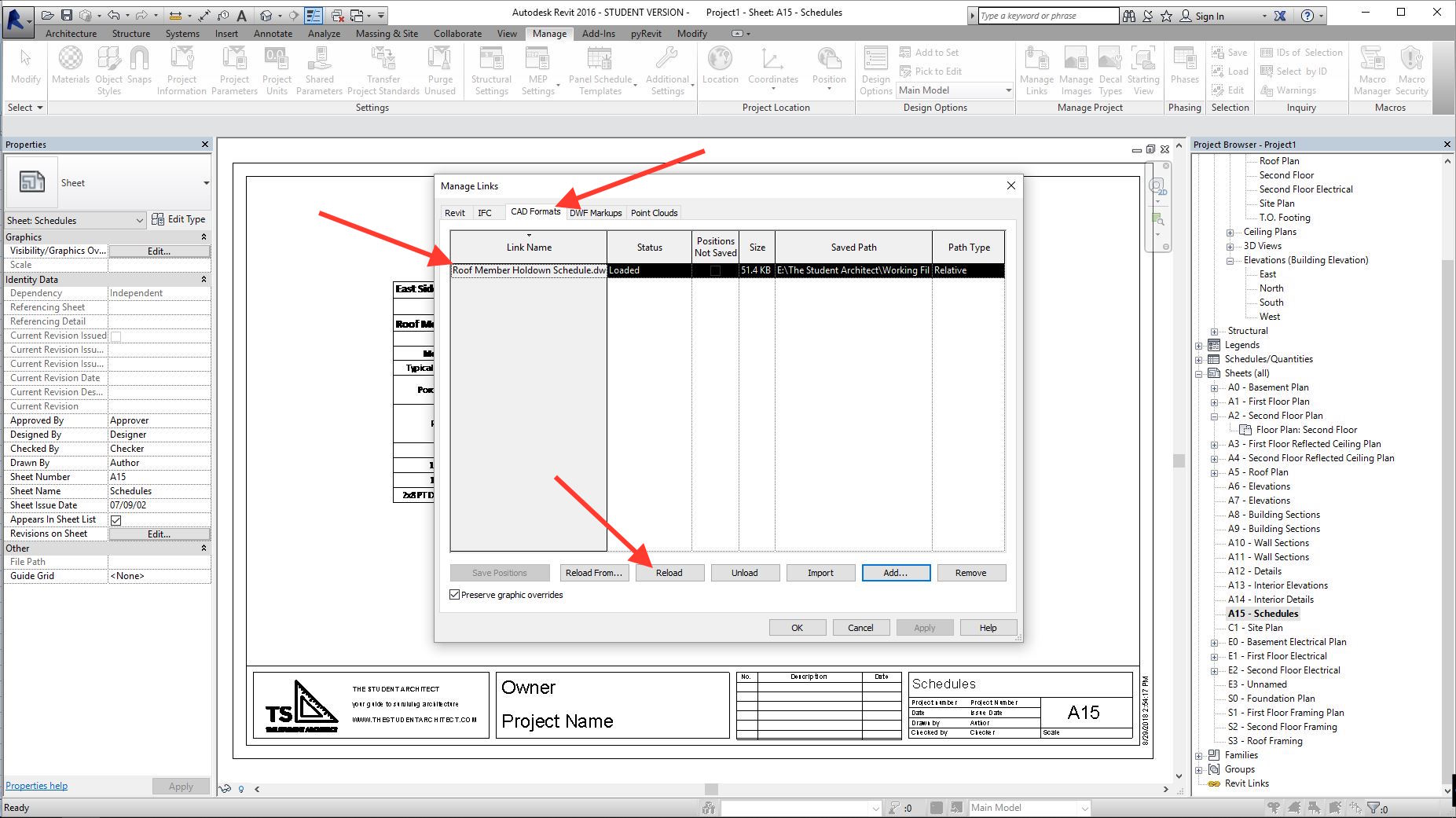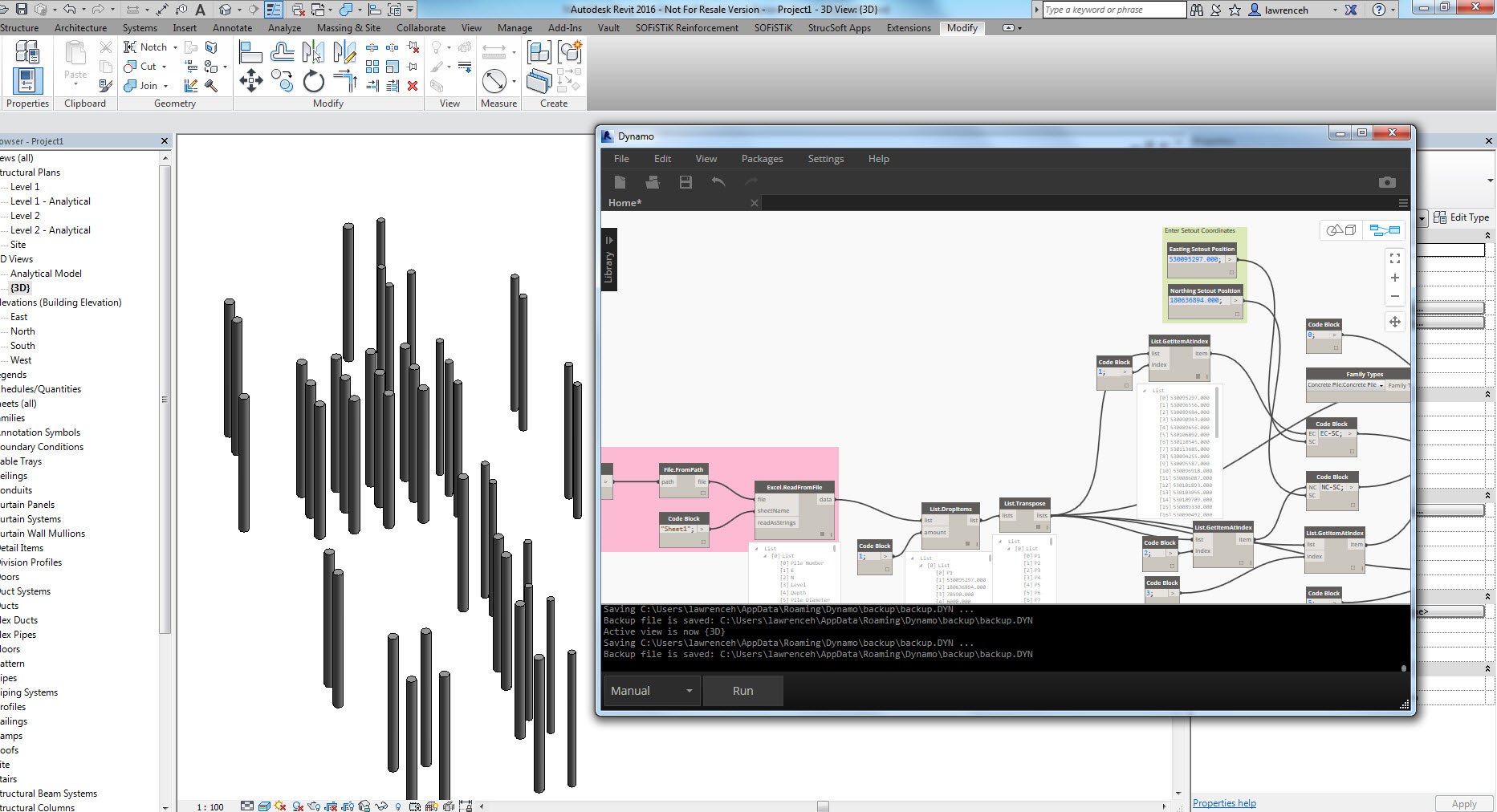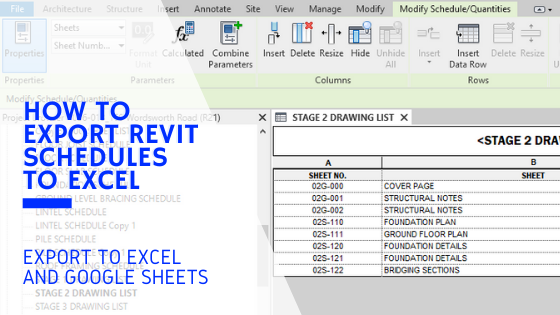Revit Plugins and Tools: Enhancing Your BIM Expertise
Wiki Article
Understanding the Art of Data Integration: Exactly How to Seamlessly Import Excel Data Into Revit
In this write-up, we will lead you with the process of understanding the art of data combination. Obtain prepared to prepare your Excel data effortlessly and follow our detailed guide to import files into Revit. With our best methods, you'll achieve data combination success in no time.Comprehending the Significance of Information Combination in Revit
Comprehending the relevance of data combination in Revit is essential for seamless importing of Excel files. When you incorporate information from Excel into Revit, it enables you to successfully manage and upgrade information throughout the whole job. This assimilation makes sure that your design and building and construction process is accurate and updated.By integrating information, you can easily import and update parameters, routines, and also geometry in Revit. This gets rid of the need for hand-operated data entrance, conserving you time and lowering the danger of errors. With Revit's information integration capabilities, you can keep uniformity and precision in your job, while likewise boosting collaboration among employee.

Discovering the Excel Documents Style for Revit Assimilation

In order to efficiently incorporate Excel data right into Revit, it is crucial to make certain that the data is formatted properly. This includes effectively classifying rows and columns, in addition to structuring the data in a way that works with Revit's data schema. Revit utilizes particular criteria and categories to organize data, so it is necessary to straighten the Excel information with these criteria to ensure a seamless integration.
Additionally, it is essential to keep in mind that Revit only sustains certain data types when importing from Excel. These include text, numbers, and dates. Any type of various other information kinds, such as solutions or conditional formatting, will not be acknowledged by Revit and may create concerns during the assimilation process.
Preparing Your Excel Data for Seamless Import Into Revit
To ensure a smooth integration procedure, you'll need to appropriately style and label the columns and rows in your Excel data prior to importing it right into Revit. This step is important because it enables Revit to properly interpret and organize your data. Begin by examining your Excel data and determining which rows and columns include appropriate information for your Revit task. After that, ensure to identify each column with a clear and descriptive header. This will certainly assist you and others conveniently understand the function of each column and stay clear of complication throughout the import process.Next, guarantee that the data in each column is appropriately formatted. If you have a column for dimensions, make sure that all dimensions are constantly formatted in the exact same systems of dimension. Revit depends on consistent formatting to accurately analyze and import information.
Additionally, it is essential to check for any type of vacant cells or incongruities in your data. Revit might not be able to review or import data from cells that are vacant or have mistakes. Consequently, it is recommended to examine your Excel data and clean up any kind of incongruities prior to importing it into Revit.
Step-By-Step Guide to Importing Excel Info Into Revit
When you have actually appropriately formatted and identified your Excel data, you can quickly import it right into Revit by following this step-by-step overview. To begin, open Revit and browse to the "Insert" tab. revit add ins.Following, a dialog box will show up, permitting you to tailor the import setups. Below, you can pick the worksheet you desire to import, define the variety of cells to import, and choose the appropriate systems for your data. As soon as you've made your options, click "OK" to proceed.
Revit will currently display a preview of your Excel data. Take a moment to ensure and assess the sneak peek that every little thing looks appropriate. If required, you can make adjustments to the import setups by clicking on the "Setups" button.
Best Practices for Information Combination Success in Revit
Ensure you follow these ideal practices to make certain effective assimilation of information in Revit. Most importantly, it is critical to arrange your data in Excel prior to importing it right into Revit. This indicates ensuring constant calling conventions, appropriate format, and precise information representation. Next off, use Revit's integrated devices for data mapping. This will permit you to match the columns in your Excel documents with the corresponding parameters in Revit. Be conscious of the information and devices kinds when mapping the data, as any discrepancies can cause errors in the integration procedure.One more vital practice is to consistently validate and update your data. In addition, make use of data recognition tools within Revit to recognize any errors or incongruities in the incorporated information.
Finally, it is advised to establish a clear operations for data combination. This consists of defining responsibilities and duties, setting up a communication network between staff member, and developing a regular cadence for data updates and reviews. By following these ideal methods, you can guarantee a seamless and effective assimilation of information in Revit, eventually enhancing the performance and accuracy of your project.
Final Thought
In final thought, mastering the art of data combination is important for seamless import of Excel submits into Revit. Comprehending the relevance of data integration in Revit is the initial step towards effective combination. revit tools Exploring the Excel data style for Revit assimilation helps in comprehending the needs and restrictions. Preparing the Excel information effectively and adhering to a detailed overview is essential for a smooth import procedure. By complying with ideal practices, you can guarantee data combination success in Revit and make one of the most out of your task.When importing data from Excel into Revit, it is essential to recognize the data format and how it can impact the combination procedure (import excel into revit). Revit utilizes particular parameters and categories to arrange information, so it is essential to line up the Excel information with these parameters to make sure a smooth combination
Be mindful of the data and units kinds when mapping the data, as any type of disparities can lead to mistakes in the integration process.
Furthermore, make usage of data validation devices within Revit to identify any type of mistakes or inconsistencies in the integrated information.

Report this wiki page